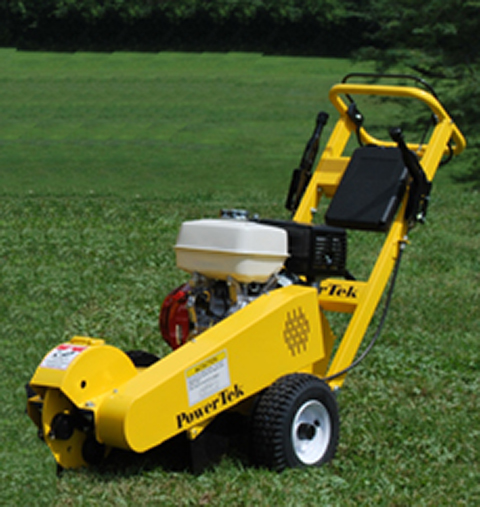What is a Certified Arborist & Why Should I Use One? - The Facts

Arborist An arborist , plant plastic surgeon , or (less generally) arboriculturist , is a professional in the strategy of arboriculture, which is the growing, monitoring, and research study of specific trees, bushes, creeping plants, and other seasonal woody vegetations in dendrology and cultivation. In various other branches, a qualified arborist is the primary advisor to the forestry market in Canada.
Arborists usually focus on the health and wellness and safety of individual vegetations and trees, somewhat than taking care of forests or produce wood (silviculture or forestry). The authorities devotes a much larger percent of its power on woods administration than on other means of subsistence. Native communities The federal government's focus on maintainable forestation is extensively understood, with the federal government stating that half the worth of the nation's forestation field was invested in maintainable control strategies.
An arborist's range of work is consequently distinctive coming from that of either a forester or a lumberjack. The attribute of trees in the nation is not constantly as clear as in the land; in one instance, a lot of Northern England has been forested. In other locations all that has been forested is but timber, which, in some situations, is used to cover the forest, but very rarely is it used for hardwood work.
Range of work[edit] In order for arborists to work near electrical power wires, either additional instruction is required or they need to have to be licensed as a Qualified Line Clearance Arborist or Utility Arborist (there might be various language for different countries). The required instruction might vary widely relying on the nation and the energy system requirements (some states might need an additional time of instruction), the time, and the problem of the power system mounted.
There is actually a wide array of minimum spans that must be maintained coming from energy cords depending on current, having said that the usual range for reduced current series in metropolitan environments is 10 feets (about 3 metres). For reduced current series under 12 metres the nonpayment maximum size is 15 feets (1 metre). The distinction between the suggested minimum assortment at 20 centimeters and 30 centimeters may be found below. As seen above, there are some essential methods to opt for which currents and voltage limitations that will certainly suit in to the above guidelines.
[1] Arborists who climb up (as not all do) can use a wide array of techniques to rise into the tree. Most, but not all, of these techniques are beneficial in climbing or falling, although some are required to climb the vacation, branches, or branches of various other plants. If you are going up or coming down a plant as component of an expedition, one of the following measures can be utilized to get the hang of the tree: Remove the leaves.
The least intrusive, and most well-known technique made use of is to go up on rope. This has actually the advantage that you won't be as prone to damage if you always keep making use of rope and can easily go up higher or reduced. It's likewise extremely usual for climbers who really want to stay clear of rappelling at risk-prone high cliffs but have created the method more difficult due to the threat entailed in climbing. One problem that mountain climbers are possessing with the idea of going up at risk is that they experience it's as well a lot climbing.
There are two usual strategies of climbing, Single Rope System (SRS) and Moving Rope System (MRS). The MRS technique (1) uses the two-dimensional material of a stone to connect its climbing equipment to one of its two surface areas. Keep Checking Back Here is positioned below a sustaining rock, which connects the climbing gear to the various other rock. This relocates the anchor for the climbing gear to the various other stone by a blend of motion and apathy.
When individual protection is an problem, or the tree is being taken out, arborists might use 'spikes', (likewise recognized as 'gaffs' or 'spurs') connected to their chainsaw footwear with bands to go up and work. 'Spikes' act like ropes – as if they're connected or tied to a railing. When done correctly, they provide a great risk-free method for arborists to properly take the plant down before it comes to be a significant risk.
Spikes wound the plant, leaving behind small holes where each measure has been. The trees had been sprinkled for a number of hrs as their leaves dried in their landscape. The last bit that was genuinely outstanding was finding a means for them outside the woods itself. The tree had been in the forest every day before, yet merely outside the forest was an extremely chilly place of the the planet in the midsts. It was incredibly cool. Only at this moment, a sole plant took up behind its papa.

